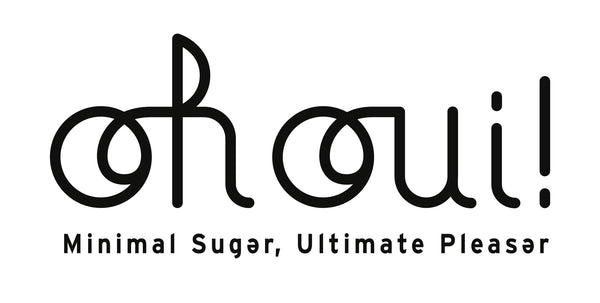If you're on this blog, you probably know that it's important to reduce your sugar intake and be careful what you buy, as sugar is hidden everywhere. But what about salt?
According to the World Health Organization, most people consume too much salt, an average of 9 to 12g per day, twice the maximum recommended intake. The population has changed its eating habits, consuming processed products, more and more common and affordable, and at the same time, eating less fruits, vegetables and fiber which are key elements of a healthy diet.
A salt consumption of less than 5g (a little less than a teaspoon) per day in adults contributes to lowering blood pressure and the risk of cardiovascular disease, stroke and myocardial infarction.
How can you reduce your intake at home?
👉 Cook as much as possible with raw products
👉 Add little or no salt during the preparation of your food but rather shallots, onions, spices, herbs or homemade broth to season your dishes
👉 Do not put salt shakers on the table, many people tend to add salt to their dishes without tasting them. Put pepper and spices at your disposal instead.
👉 Beware of industrial broths and soy sauce which are extremely salty
👉Limit salty snacking, replace cold cuts and salty snack cakes with raw vegetable sticks for example!
👉Increase your consumption of fruits and vegetables, which contain potassium that helps lower blood pressure.
And for those who think that food without salt has no taste, this is certainly true at first, but just like when you reduce your sugar intake, your taste buds get used to the reduction of salt and it is likely that you will end up appreciating the food and finding more flavor in it! This is why it is important to teach your children not to eat too much salt from a very young age, since the main factors contributing to the consumption of salt in the diet depend on the cultural framework and the eating habits of those around them.









